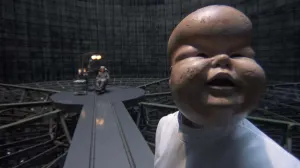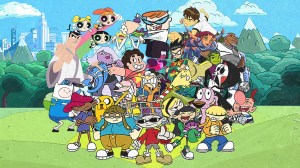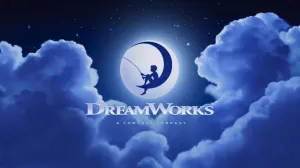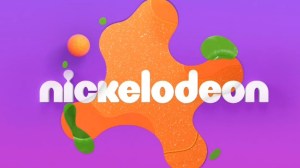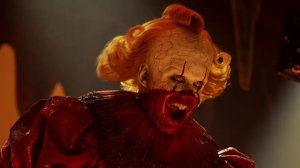Smart Hulk (Mark Ruffalo) was such a unique addition to Avengers: Endgame, one of the effects vendors involved in creating the character built a new facial capture system from the ground-up. The team at Industrial Light and Magic (ILM) isn’t a stranger to effects-heavy movies by any stretch of the word — the problem with Smart Hulk, however, is that the 2,000-pound gamma monster had to be a spitting image of Ruffalo.
Videos by ComicBook.com
We talked to ILM’s Russell Earl and Bruce Holcomb earlier this week, and the two broke down the process of making this system specifically for the latest iteration of the Hulk.
“One of the things we knew we wanted to do in the beginning was to get a system in place that would give animation the ultimate control over the performance,” Earl says. “There’s the solve aspect where you’re solving the performance, then you’re taking that performance and you’re retargeting it onto the Smart Hulk model and then at that point, you’re getting it into animation where you have controls to basically help offer that performance. So we rewrote all three, or we used new tools for all three of those steps.”
Specifically, there were three steps involved in creating the character, and ILM used newly crafted tools at each step along the way. First, you craft the algorithms and equations needed for the sequence, before kicking that over to the modeling team which does its work prior to animation taking control.
“The solver generates the appropriate mesh, then the appropriate mesh must be translated into Hulk, but also at the same time because you’re getting this data because it’s a lot of math, you didn’t always have good animation controls over the system,” explains Earl. “In this case, you rewrote it so that animators would get a nice clean model that would allow them to dial in and out of Ruffalo’s performance so it could break up the polymers down to the shapes but then also have really solid control over it through a series of deformers.”
Regardless of the technology behind it all, the team at ILM had one goal, which was to make Smart Hulk — or zaddy Hulk, as half of Twitter calls him — look as close to Ruffalo as possible, staying true to the actor’s performance.
“All of these things that would help bring that performance to life, so we could stay true on model, stay true to Ruffalo’s performance,” he continues. “But at the same time, if you took his performance and you mapped it onto Smart Hulk or re-targeted onto Smart Hulk, it wouldn’t always feel right. The smile might feel too big and broad or he might look too goofy, so Ruffalo gave a very unique performance. We were capturing that, but at the same time being able to alter and control in animation.”
What was your favorite part of Avengers: Endgame? Let us know your thoughts in the comments below or by tweeting me at @AdamBarnhardt!
Avengers: Endgame is now showing.



